Use controls above or click here to open this Hometown Heroes podcast in a new window
Episode #650 of Hometown Heroes, airing October 17-19, 2020, spotlights the “Candy Bomber” Gail Halvorsen at the end of a week that saw him reach the century mark and also be honored in larger than life fashion in his native Utah.
Click here or here for coverage of his 100th birthday celebration in Provo, UT, on October 10th and check out the video below (from KSL-TV) for the new tribute unveiled in Tremonton, UT on October 12th.
You’ll hear some of Halvorsen’s thoughts on becoming a centenarian, although he reacted quickly and strongly to the question of whether he feels 100 years old.
“Heavens, No! No, I’m still flying and getting along good in the world,” you’ll hear him say. “I’m having a good time.”
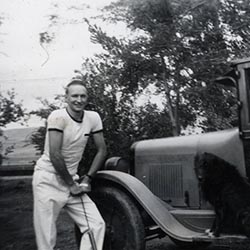
(from thecandybomber.org)
He’s been flying since 1941, when he competed with 140 aspiring pilots in northern Utah to land one of ten scholarships for Civil Air Patrol flight training. He couldn’t have afforded to get his pilot’s license otherwise, but after landing the scholarship, he and the other scholarship recipients mustered fifty dollars each to buy a Franklin airplane to share.
“55-horsepower engine with single ignition,” you’ll hear him fondly remember. “That means if the ignition quits, you’re a glider, so you learn to look out for emergency landing places.”
That experience would come in handy later, especially after all the time in the air he put in with Conrad Steffen, a friend from Tremonton, UT who wanted to learn to fly.
“I’m an expert, I’ve got 35 hours, I’ll show you how to do it,” you’ll hear Gail chuckle. “He bought all the gas. I flew a lot, because he had a pretty good bank account.”

His gratitude for the path he was given to learn to fly is one reason Halvorsen remains so passionate, at age 100, for helping create similar opportunities for younger generations. The Gail S. Halvorsen Aviation Education Foundation fulfills that mission by sharing the Candy Bomber’s inspiring story and catalyzing science, technology, engineering, and mathematics (STEM) opportunities for young people. The Foundation is currently raising money to establish a permanent physical home to facilitate more of those opportunities. Click here for information on how to contribute. Gail’s aerial journey took a decisive turn after Imperial Japan attacked Pearl Harbor on December 7th, 1941. The newly licensed pilot decided to enlist in the Army Air Corps with the hopes of becoming a fighter pilot.
“The real heroes for me were the RAF pilots defending Great Britain,” you’ll hear him say, citing fellow Utahn Chesley Peterson, who was serving in the Royal Air Force before America entered the war. “The guys that are flying day and night, going up at night to intercept the German bombers.”
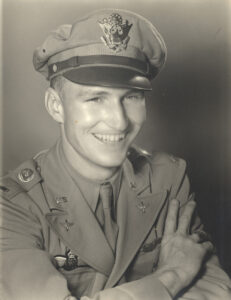
Halvorsen wanted to follow in their footsteps, but after training with RAF fighter pilots in Miami, OK, he was assigned to cargo planes upon his return to the Army Air Corps. What struck him as a disappointing blow at the time became a key twist in his aviation career. He spent the rest of World War II flying between Florida, South America, Africa, and England, ferrying supplies as well as airplanes. That made him a very experienced transport pilot by the time the Soviet blockade of West Berlin created the opportunity for Gail and so many other Americans to provide an aerial lifeline to Germans who would have otherwise starved. You’ll hear Halvorsen explain that his sentiments toward the German people at the time were colored by what happened to Conrad Steffen. The young friend he had taught to fly had become a P-47 pilot, but was shot down and killed by Nazi forces while escorting American bombers over Europe.
“What changed it, totally, was knowing that the people were different than Hitler,” you’ll hear him say of the compassion that stirred in his heart for the suffering German women and children. “I wanted to do more and I volunteered to join the airlift.”

“Operation Vittles” would provide life-saving food and supplies for the people of Berlin. “Operation Little Vittles” resulted from an encounter with grateful German children that you’ll hear Halvorsen describe on Hometown Heroes. He would fly three round trips per day to Tempelhof airport in West Berlin, and after one such day, he had the opportunity to skip his scheduled sleep and make a fourth flight instead. Wanting to take some photos in Berlin before the airlift ended, he decided to go. While the rest of his crew enjoyed some slumber in preparation for the next day’s flights, he headed back to Tempelhof. After landing, he saw a group of about thirty German children, ages 8 to 15, watching him through a barbed wire fence as he walked in his Army Air Corps uniform. The children spoke to him in English, warning him about the weather conditions he would encounter once winter arrived.
“But when that happens, don’t worry about us,” the kids told him. “Someday, we’ll have enough to eat, but if we lose our freedom, we’ll never get it back.”
That statement made a powerful impression on Halvorsen, underscoring the importance of the work he and so many others were performing in the airlift. The faces and voices of those children have been etched in his memory ever since, but it was another voice that proved pivotal as he walked away.
“Got about fifty yards and a voice came to me clear as a bell,” you’ll hear him say of the unmistakable prompting to find something sweet to share with the kids. “I reached in my pocket hurriedly and all I found was two sticks of Wrigley’s Doublemint gum.”
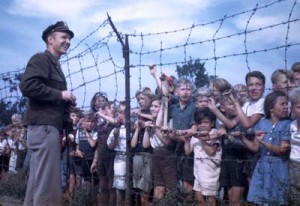
That voice made him hesitate for a moment, then he continued to walk away. As he thought it over, he could only envision a riot ensuing from trying to share two measly sticks of gum with a crowd of thirty children. But the voice returned, commanding him unequivocally to “go back to the fence.” While some kids received fractions of the gum, others were content just to have a piece of the wrappers. Their gratitude motivated him to find more to share with the children. Listen to Hometown Heroes for how that simple exchange turned into a massive candy-dropping operation and how it earned him the nickname “Uncle Wigglywings,” or “Onckel Wackelflugel” in German. Ultimately, 23 tons of candy found its way to the German people. Over the years, Halvorsen has been the most noted participant in that massive humanitarian endeavor supported by so many in the U.S. and elsewhere, but he deflects the credit to another group.
“The ultimate sacrifice was the 31 Americans that were killed during the blockade,” you’ll hear him say. “And the 39 Brits that gave their lives for their former enemy.”
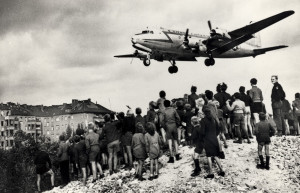
Throughout the more than seventy years that have passed since the airlift, Halvorsen has been a frequent participant in reenactments of “Operation Little Vittles,” has maintained relationships with some of those German children who benefited from his kindness, and shared his story with audiences around the globe. He’s received more honors than he can count, the latest of which was a 76-foot mural in Tremonton, UT. You’ll hear his reaction to that, as well as a refrain he has spoken sincerely for decades, that still rolls off of his tongue at age 100.
“Three things in life are really important,” he says. “Attitude, gratitude, and service before self is the way for happiness.”
You’ll hear the centenarian explain why, after seeing the way of life in so many other countries throughout the last 80 years, he’s thankful to have been born in the United States. He consistently declares his pride in being American, and what an exemplary American he is!
—Paul Loeffler

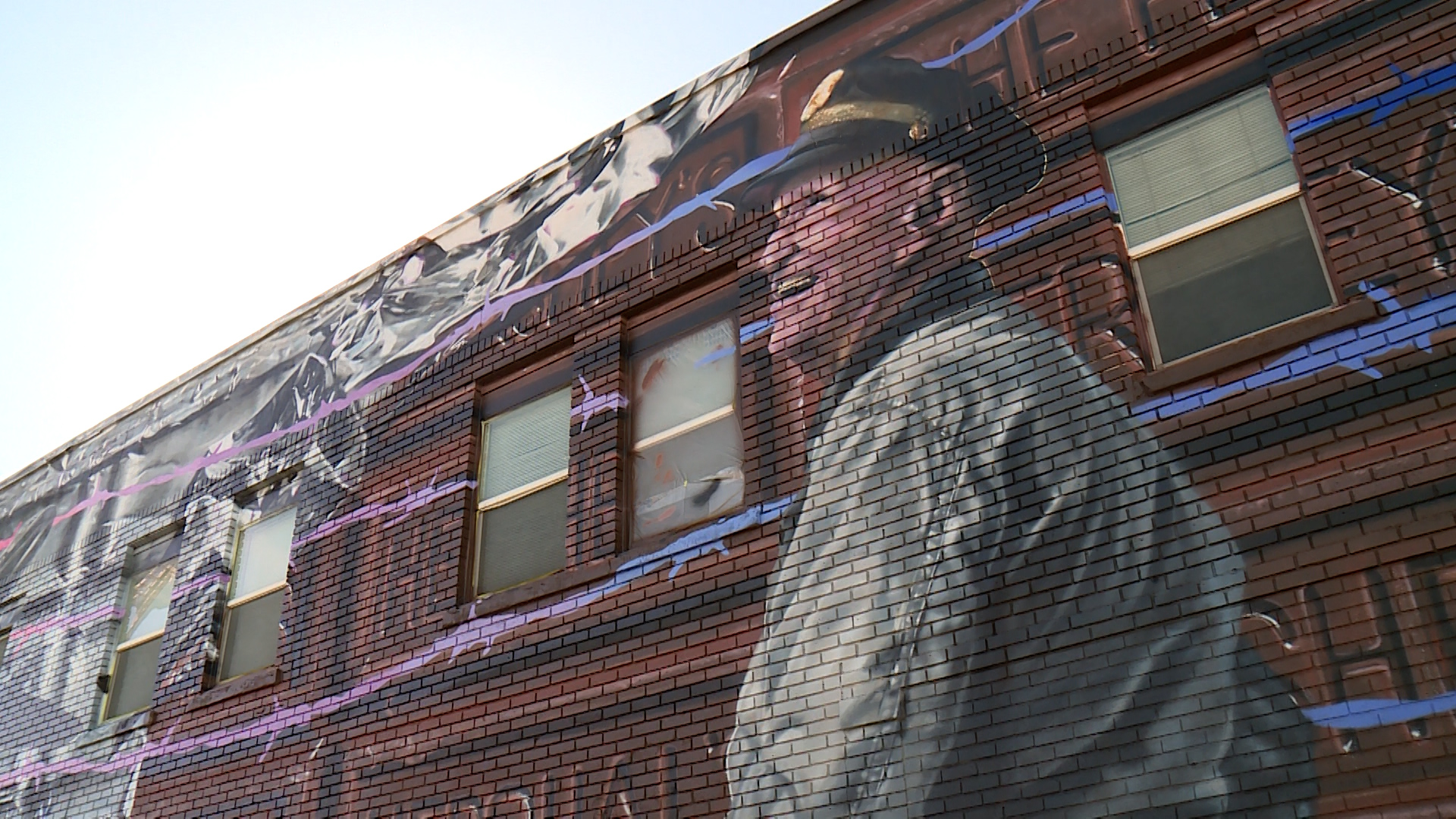
Leave a Reply